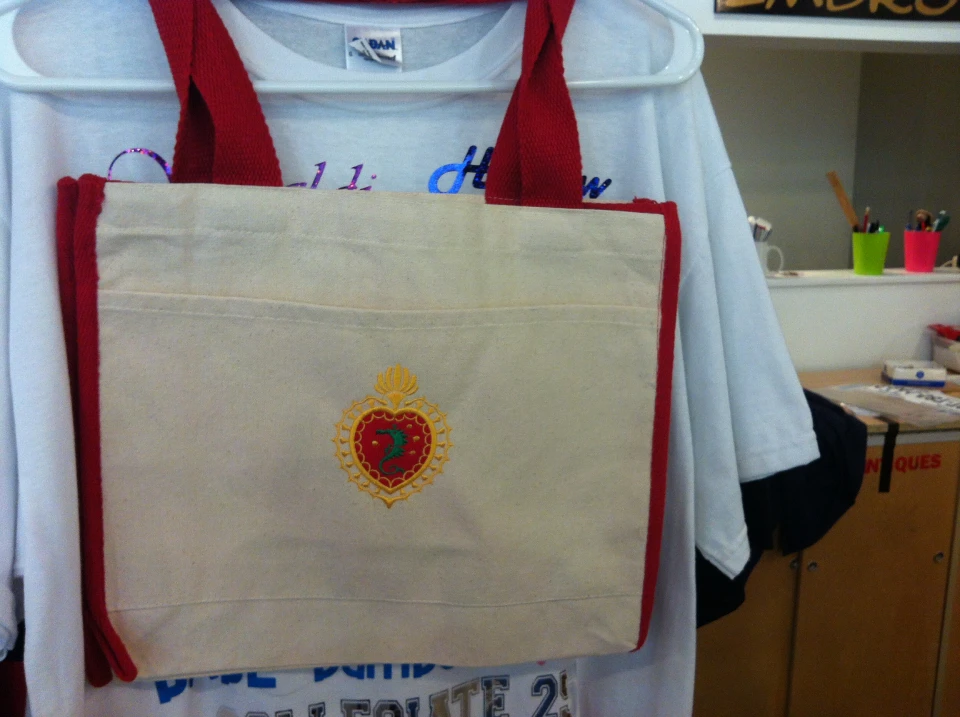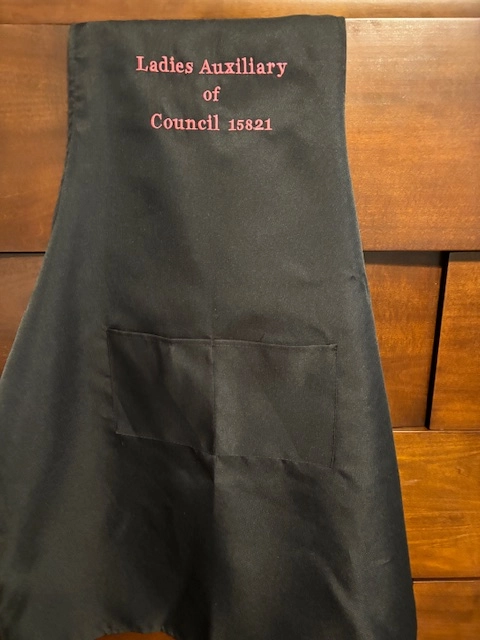Custom Embroidery for All Your Needs - From School Uniforms to Sports Teams
Wiki Article
The Art of Personalized Embroidery: Unlocking the Keys to Creating Unique and Memorable Designs
The secrets to developing custom embroidery styles that captivate the eye and leave a lasting impact lie in a fragile balance of technique, creativity, and focus to information. As we dive right into the world of custom embroidery, we discover the nuanced interaction in between string choice, stitch complexity, and layout personalization that boosts a simple garment to a work of art.Picking the Right Needlework Threads
When selecting embroidery threads, what essential variables should you consider to make sure the very best results for your personalized styles? The option of embroidery string is important in figuring out the last result of your stitched style. Among the main considerations is the product of the string. Different materials such as cotton, polyester, rayon, and silk supply varying levels of sheen, toughness, and texture. It is important to pick a string material that enhances the textile you are stitching on and aligns with the wanted look of the style.
Thicker strings can add dimension and texture to your layout, while finer threads are perfect for complex information and small text. In addition, taking into consideration the color fastness and washability of the thread is essential to ensure that your custom-made designs preserve their high quality and vibrancy over time.
Exploring Various Stitch Techniques
To look into the world of 'Discovering Different Stitch Techniques', one must understand the intricacies and nuances that each stitching approach brings to the art of needlework. Various stitch strategies not just include aesthetic passion but also add to the overall appearance and measurement of the style. One prominent stitch method is the satin stitch, which includes very closely packed parallel stitches to develop a smooth and glossy surface area, perfect for loading in forms and creating vibrant describes.On the other hand, the backstitch is a functional method often used for outlining and including fine information. It involves sewing in reverse to develop a solid line of needlework. Additionally, the French knot stitch includes a responsive component to styles, best for developing textured accents like blossom facilities or attractive touches.
Exploring different stitch techniques permits embroiderers to have fun with light, shadow, and depth within their styles, boosting the visual charm and imaginative high quality of their needlework projects. By understanding various sewing approaches, one can open countless possibilities for producing one-of-a-kind and memorable custom-made embroidery pieces.
Incorporating Personalized Style Elements
Having explored the ins and outs of different stitch strategies such as the satin stitch, backstitch, and French knot, the focus currently shifts towards integrating individualized design aspects in personalized needlework tasks. Personalized design components play a critical role in making embroidery tasks absolutely unique and remarkable. One way to integrate customization is by including initials, names, or significant dates to the layout. This not just adds an individualized touch but also boosts the sentimental worth of the needlework item.An additional way to include tailored design components is by consisting of symbols or concepts that hold unique definition to the recipient or mirror their rate of interests and individuality. Including a favored blossom, pet, or hobby-related icon can make the embroidery style a lot more purposeful and individualized. Additionally, choosing colors i was reading this that resonate with the recipient or align with the intended motif can even more go to this website improve the personalization of the embroidery job.
Understanding the Art of Color Control

One trick facet of shade control is comprehending shade theory. This consists of recognizing how different shades engage with each other, the feelings they share, and just how they can be incorporated to develop visually enticing layouts. By applying color theory principles, embroiderers can develop harmonious color combinations that improve the overall look of the style.
Additionally, taking note of contrast is crucial in color control. Utilizing contrasting colors can help specific elements of the design pop, improve readability, and develop a visually dynamic needlework piece. By mastering the art of shade control, embroiderers can boost their designs and develop remarkable pieces that resonate with customers and viewers alike.
Enhancing Texture With Advanced Needlework Stitches

French knots, for instance, are excellent for including tiny, increased dots to your style, resembling the appearance of grains or developing a textured surface area. Bullion knots, on the various other hand, can be used to produce twisted, ropelike aspects that add a luxurious feel to the needlework. Seed sewing entails little, scattered stitches that can complete areas with a multicolor structure, while turkey work develops fluffy, dimensional accents evocative pet fur or vegetation. Try out these advanced needlework stitches allows you to press the limits of traditional embroidery and develop absolutely one-of-a-kind and visually attractive appearances in your designs.
Conclusion
In final thought, the art of custom-made embroidery involves a mix of choosing the ideal strings, discovering various stitch techniques, including personalized design elements, understanding color sychronisation, and improving structure with innovative stitches. By comprehending and carrying out these essential components, embroiderers can create special and unforgettable designs that showcase their imagination and ability. Embroidery fanatics can unlock the keys to developing attractive and bespoke items that stick out and leave a long-term perception.Report this wiki page